Battery facts that EVERY electric car owner should know

Ginny Buckley
4 Jul 2023Ginny Buckley
4 Jul 2023Owning and using an electric car is simple. Plug in - charge up - drive. Repeat as required. However even the most ardent of electric car enthusiasts will admit that there can be something of a learning curve when you first make the switch to electric. There can also be a gap between expectations and reality - especially when it comes to range and charging.
Here at electrifying, we’ve consigned the rose-tinted spectacles to the bin and are happy to admit that, sometimes, car makers don’t always want you to know the quirks and frustrations that can be part of electric car ownership. We’re on a mission to debunk, demystify and decipher electric car charging. Want to know why charging the last 20% of your battery takes forever? Or why plugging in after every small journey isn’t the best thing for your battery? Allow us to explain…
When you buy an electric car, there are a lot of numbers involved. Battery size, power output and range are the three main ones we tend to obsess over when making a decision. But there’s another equally important number that many first-time electric car buyers forget to check: charging speed. In simple terms, this is the speed at which your car can fill its battery. Because batteries have very delicate chemistry and can be easily damaged by an electrical overload, all electric cars limit the speed at which power can be fed into the batteries. It's the electric equivalent of the rev-limiter on a petrol or diesel car - it's there to stop us damaging a very expensive piece of kit.
A few years ago, 50kW was the limit for most non-Tesla electric cars, but thanks to larger battery packs and improved battery management systems, 100kW is becoming the norm with many cars able to charge at even higher rates.
What does this have to do with time at the charger? Well, if your car can only charge at a maximum of 50kW, an ultra-fast 150kW charger won’t make any difference to your charging time. You can still use it of course, but it will only deliver charge as fast as your car can accept – something you can check in your car’s specs. In this instance, using a 50kW rapid charger will give you the same charge time and may also work out a little cheaper (some charging companies have a lower tariff for lower powered chargers). It also means that drivers of cars that can charge at higher rates can take full advantage of the additional speed delivered by a 150kW charger.
And there’s another thing to remember about charging speeds: they fluctuate. When you use any rapid charger, your car instructs the charger to start slowly before it runs at full speed. Even at full speed, your car may well trim a few kW off the amount the charger can actually deliver to ensure that the battery isn’t getting too hot. Then, usually at around 70-80%, the power delivery is turned down again to eliminate the risk of damaging the battery.
This is something that continues to confuse electric car drivers - and it’s easy to see why. You wouldn’t tell someone that a train journey takes two hours to do 80 per cent of it, so why does the car industry only quote recharging times to ‘not quite full’?
Sadly, it all gets a bit technical at this point, but we’ll try and keep things simple. Batteries are brilliant, but they also need looking after. If you overfill the tank of a petrol or diesel car, you get nothing more than wet feet. Do the same with an electric car battery, and you’ll wreck it. Fortunately, we, as drivers, aren’t able to overcharge batteries because electric cars come with all manner of management systems and fail-safes to stop it happening.
When batteries reach the point where they are nearly full, heat builds up in the cells. To keep temperatures down, the car reduces the amount of incoming charge significantly with the last few kWh being added at very low speeds. It’s a bit like pouring yourself a very full cup of tea. You start slowly, speed up to fill the bulk of the cup and then dribble in the last few drops to prevent any overflowing.
Key to the whole process is what’s called a charge map, which is a bit of code that your car uses when it detects that a rapid charger is plugged in. As you can see from this Citroen e-C4 charge map below, the speed at which charge can be accepted drops quickly after the battery pack reaches 80% capacity. As most cars charge at the same fast rate up to 80%, this is used as an unofficial ‘industry standard’ to measure the time taken to rapid charge.
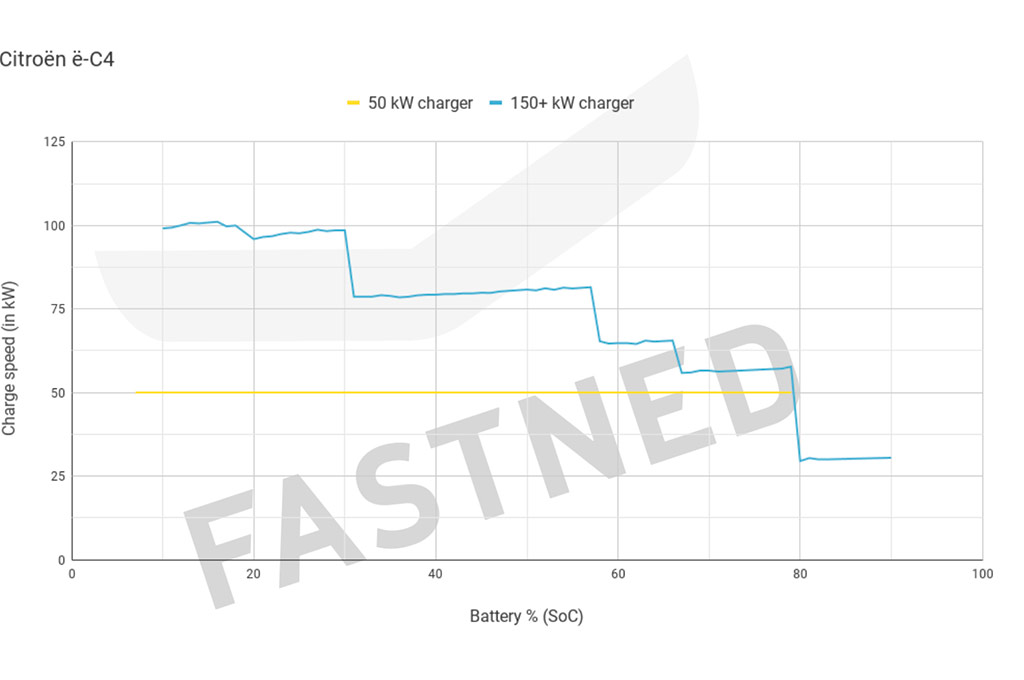
This Citroen ë-C4 charge map shows how the rate of charging drops off significantly after the battery nears full capacity (source: Fastned)
All electric car batteries hate two things: being completely empty and being completely full. Both will cause irreversible damage to the internal chemistry of the cells, leaving you with less driving range. So all electric cars have what’s called ‘State of Charge’ management systems that prevent either happening. They stop the motor from drawing charge when you’re nearly empty and stop the flow of charge when you’re nearly full. So when your display says the pack is completely empty or 100% full, it’s actually neither.
The downside to this is that there will only be a certain amount of capacity that you’ll be able to use. This amount is referred to as the ‘Usable’ or ‘net’ capacity of the battery and is usually a few kWh less than the overall or, ‘gross’ or ‘nominal’ size.
Where the whole battery size conversation gets confusing is when car makers mix and match figures to suit their sales pitch. Let’s compare the Nissan Leaf 62kWh with the Volkswagen ID.3 58kWh. On the face of it, the Nissan has the bigger battery, right? Actually, no. The Leaf’s usable capacity is actually 56kWh where the VW’s is 58kWh because one quotes the overall figure and the other quotes the usable figure. So make sure you check the ‘usable’ figure before you take the plunge.
Makers of electric cars are required to submit their new models for consumption or range testing before they can sell them. The tests are carried out by independent firms who put the cars through a series of controlled and repeatable tests. After the tests, all cars in Europe are issued with a WLTP (Worldwide Harmonised Light Vehicle Test Procedure).
But here’s the problem, all tests have to be standardised, so are done in lab conditions at constant and controlled temperatures. They can also be done with consumables like the air-con switched off and in ECO driving modes. As a result, the WLTP figure that comes with your new electric car will be almost impossible to achieve in the real world where it gets cold and hot, we have hills and we like to keep ourselves cool / warm depending on the season. In our experience, it’s possible to get close to matching the WLTP figure if you’re prepared to drive VERY gently, turn every powered device off and choose a day where the temperature is 21.5c, but for most of us, getting 80% of the WLTP range is about as good as it gets.
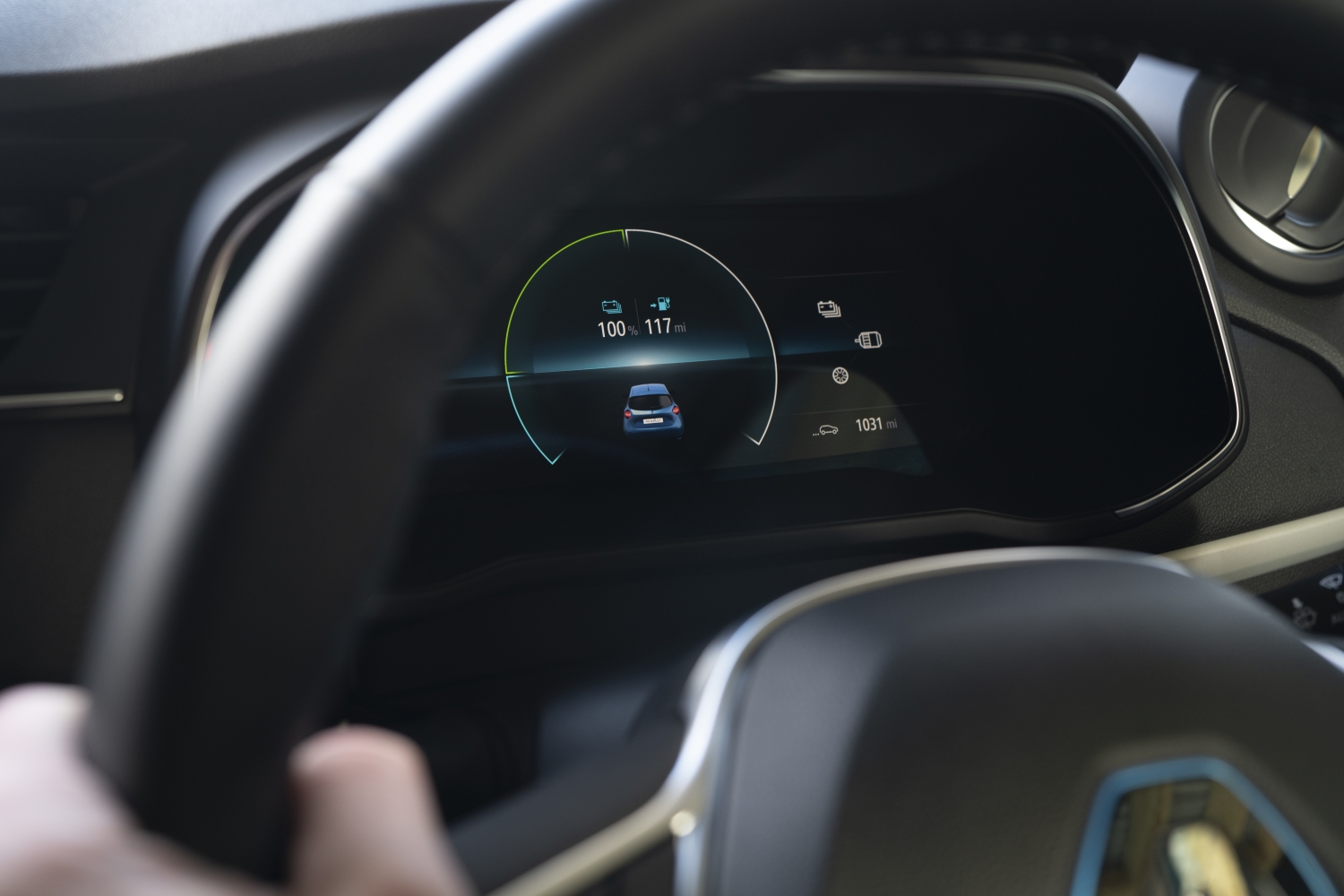
The range 'Guess-o-meter'. Use it as a guide rather than a guarantee
With petrol and diesel cars, most drivers fill their tanks without a second thought. Wait until the pump clicks and you’re done. With electric, things are a bit different. Because the rate of charging drops off significantly once 80% of the pack is charged (see point 2), you’re actually better off ending your charge session early and getting back on the road. Even if you need to charge again, you’ll still complete your journey quicker than if you waited on the first charger to fill the last 20% of your pack. Plus you’ll earn the gratitude of anyone waiting to use the charger…
Like us, electric car batteries are at their best when they’re warm. Not too hot, not too cold - just nicely warm. If you rock up to a rapid charger at the start of your journey, your pack may not be warm enough to take full power - which means it will take longer to charge. To prevent this, and ensure that you charge at the fastest possible rate, either precondition your battery before your journey starts (via an app or by pre-programming your car with a departure time) or opting to charge towards the end of your journey. By charging after your car’s warmed up, your battery pack will be at the perfect temperature and will be able charge up at the maximum possible rate.
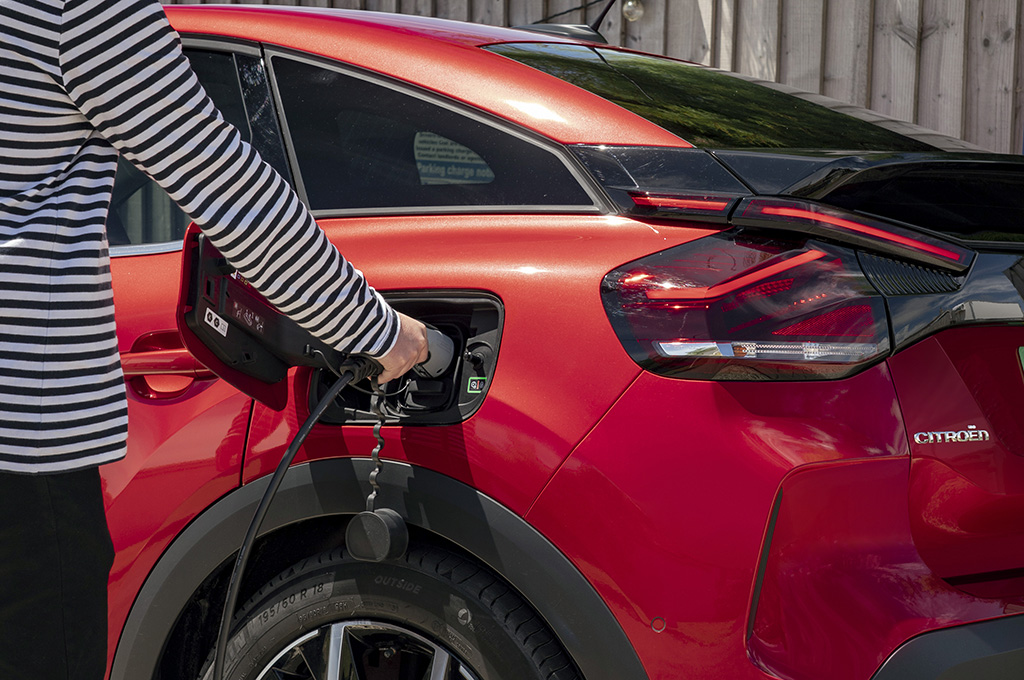
Charging at the end of your journey will be quicker and better for your battery
Let’s have a little sympathy for the hardest working and most maligned part of an electric car - the range display. To give you, the driver, an idea of how far you’ll be able to get, the range-ometer takes into account a whole load of factors, including the amount of charge left in the battery (obviously) and exterior temperature. On some cars, it will also factor in any route that has been entered into the navigation.
What a range-ometer can’t predict is how you’ll drive, what roads you’ll be driving on and whether it’s going to get warmer or colder (for example if you’re driving from day to night). A range-ometer can only guess the range based on the information it gets at the time. So if you’re pootling along in town at 30mph, you might see a very healthy figure appear (which would probably prove 100% accurate if you carried on pootling around at 30mph). However, if you then hit the motorway, crank the heating up to 30c and select Sport mode, that range figure will drop like a stone. So don’t put all your trust in it - use your common sense.
Temperature and speed can alter your range significantly
If you’ve read the other points here, you’ll know that electric car batteries don’t like being full to capacity. Thankfully, the management systems tucked away behind the dashboard ensure that this can’t happen. However, if you want to really treat your battery to the automotive equivalent of a spa retreat, try to resist the urge to charge up after EVERY drive. Car batteries are at their happiest at around 60-80% charged. If your commute uses, say, 25% of your charge, try and run the battery down and then charge every third day. This will be much kinder to your battery than repeating the charge cycle every 24hrs. If you have a bp pulse home charge unit, you can use their online smart charging portal to set the amount of charge that is sent to your car, which means your charger can perfectly tailor your battery levels - even when you’re sleeping.
Okay, we’ve established that electric car batteries don’t like being too full or too empty. One key reason why leaving them empty is a really bad idea is because hot or cold weather can potentially damage the chemistry within the cells of your battery. Ever been in a really cold climate and found that your smartphone stops working? Well, it’s all to do with the fact that the chemical reactions in a lithium-ion battery become much slower as the temperature drops.
To prevent damage to your battery pack, most electric cars are equipped with battery management systems that can heat or cool a pack if the system thinks that damage may occur. To do this, it needs to have charge in the battery. So if you’ve got home with zero miles of range left, 2% showing on the battery and you haven’t plugged in, the management system won’t have the juice to keep your battery at a healthy temperature.
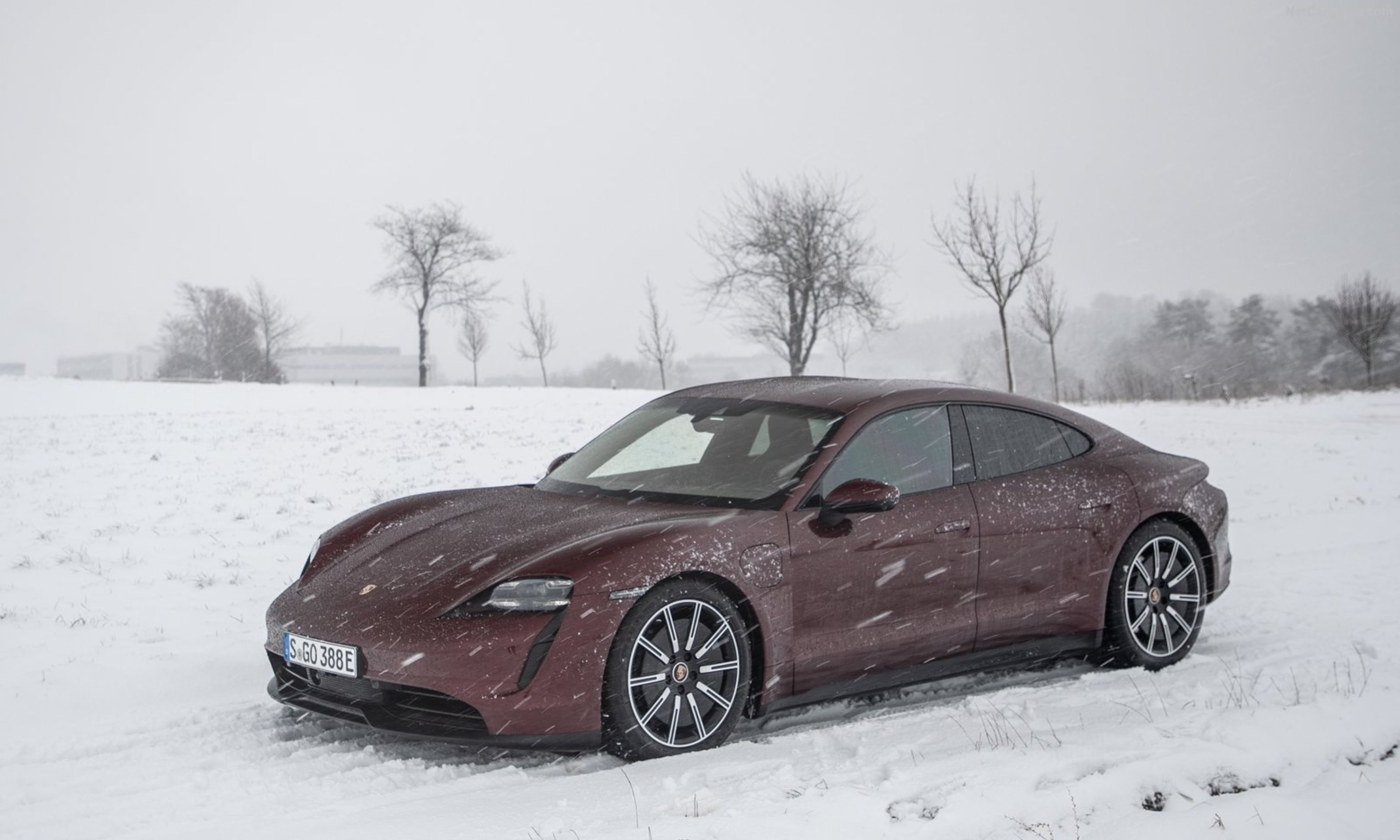
Don't leave your electric car with a low charge in cold weather. You can almost see it shivering...
Remember the old days when vinyl seats would give your legs a third-degree burn after a few hours in the sun? Well, the same heat soak can potentially cause damage to your battery pack - especially if you’ve parked up after a motorway haul where the battery will have already been working hard. Thankfully, most electric cars have battery management systems that run coolant through the packs to keep temperatures under control. However, these systems require power, so if you leave your car in the baking sun for a few hours, your car could be working overtime keeping its battery pack cool. As a result, you may well find that a chunk of your range has gone by the time you return. While it’s not always possible, finding a shady space on a sunny day can minimise the risk of your battery stealing your range.
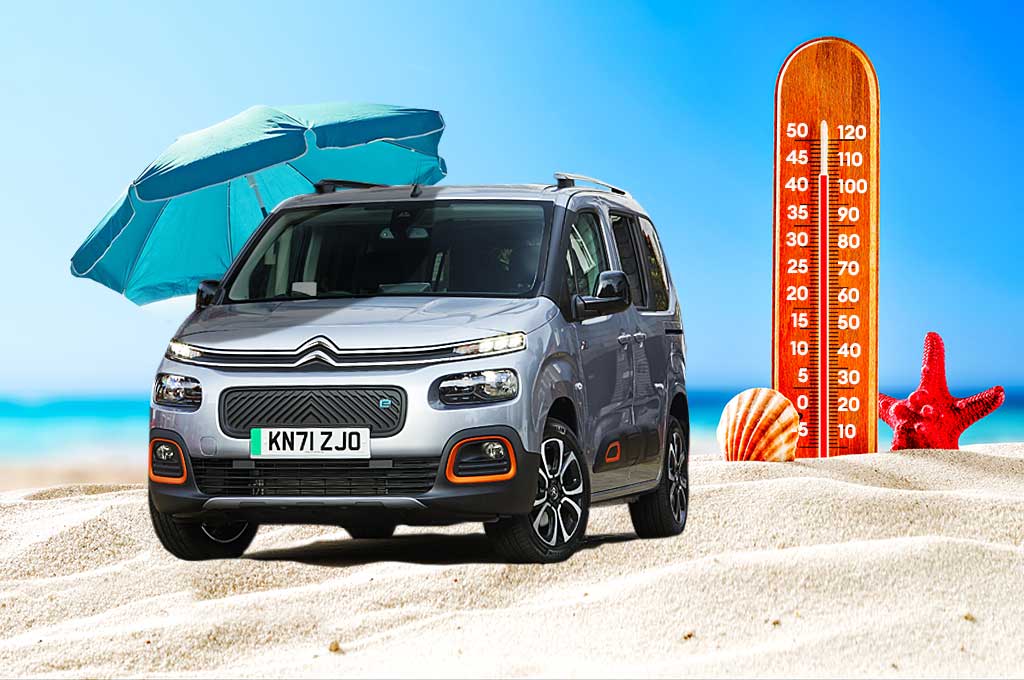
Be a shady character and keep your range at its maximum

You currently have no cars in your showroom. Browse our reviews here to start.
Please fill out your contact details below.
